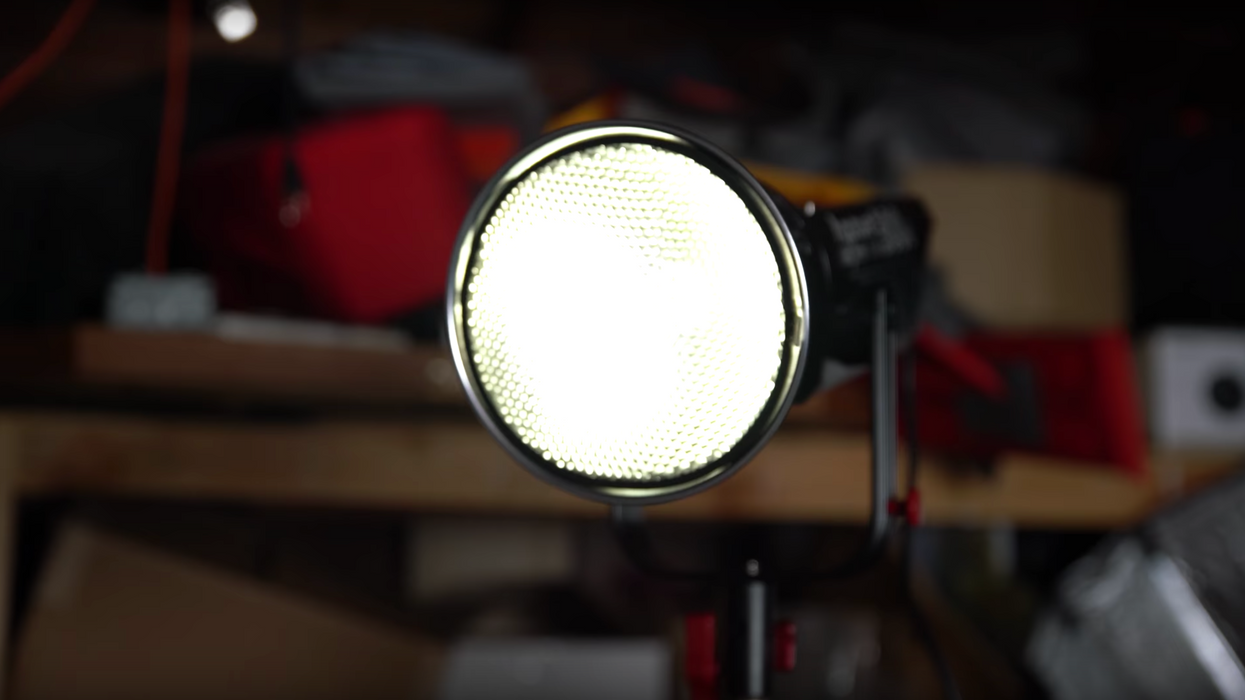Bouncing Light: One Concept You Should Always Remember When Lighting Your Scenes
This is why you shouldn't totally freak out if you don't have a beadboard or reflector to bounce your light.

Knowing how to use reflectors is almost as important as knowing how to use actual lights because they're cheap, super portable, and can add soft illumination to areas that need it without requiring any power. But knowing how to put these types of light modifiers to good use on your film set isn't the only thing you should bone up on. In fact, Ted Sim of Aputure offers up a great lesson on the concept of reflected light and how you can take advantage of it when you don't have any reflectors on hand. Check out the video below to learn more:
The main point Sim is trying to explain is that almost all surfaces reflect light, from the walls on your set to the grass your character is standing on. This is an important concept to understand because when you think of reflected light, you might be thinking, primarily, of the light bouncing off of a reflector. However, light is bouncing off of virtually everything—everything is a reflector.
Knowing this, you'll be able to not only use reflective surfaces to illuminate your subjects and inherent color pollution to your advantage, but you'll also be able to anticipate the presence of reflected light and unwanted color pollution and fix the problems using negative fill or color gels.
What are some other important aspects of this lighting principle? Let us know down below.
Source: Aputure











